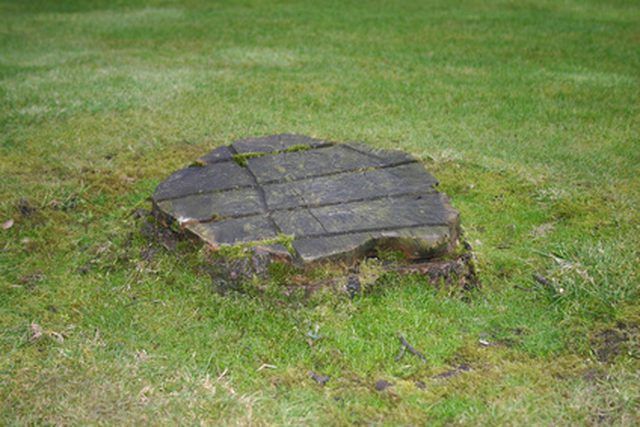Bulbs
Flower Basics
Flower Beds & Specialty Gardens
Flower Garden
Garden Furniture
Garden Gnomes
Garden Seeds
Garden Sheds
Garden Statues
Garden Tools & Supplies
Gardening Basics
Green & Organic
Groundcovers & Vines
Growing Annuals
Growing Basil
Growing Beans
Growing Berries
Growing Blueberries
Growing Cactus
Growing Corn
Growing Cotton
Growing Edibles
Growing Flowers
Growing Garlic
Growing Grapes
Growing Grass
Growing Herbs
Growing Jasmine
Growing Mint
Growing Mushrooms
Orchids
Growing Peanuts
Growing Perennials
Growing Plants
Growing Rosemary
Growing Roses
Growing Strawberries
Growing Sunflowers
Growing Thyme
Growing Tomatoes
Growing Tulips
Growing Vegetables
Herb Basics
Herb Garden
Indoor Growing
Landscaping Basics
Landscaping Patios
Landscaping Plants
Landscaping Shrubs
Landscaping Trees
Landscaping Walks & Pathways
Lawn Basics
Lawn Maintenance
Lawn Mowers
Lawn Ornaments
Lawn Planting
Lawn Tools
Outdoor Growing
Overall Landscape Planning
Pests, Weeds & Problems
Plant Basics
Rock Garden
Rose Garden
Shrubs
Soil
Specialty Gardens
Trees
Vegetable Garden
Yard Maintenance
How to Dissolve Tree Stumps
How to Dissolve Tree Stumps. A tree stump on your property can be both unsightly and dangerous. Without any intervention, a tree stump will eventually rot. This process may take many years to happen naturally. There are a few things you can do to speed up the process. Microorganisms are responsible for eating the rotting wood. By fertilizing the...

A tree stump on your property can be both unsightly and dangerous. Without any intervention, a tree stump will eventually rot. This process may take many years to happen naturally. There are a few things you can do to speed up the process. Microorganisms are responsible for eating the rotting wood. By fertilizing the stump and keeping it moist and covered, you will give the microorganisms the best environment to do their work. Cedar, mulberry, Osage orange and locust trees take the longest to rot.
Things You'll Need
Chainsaw
Drill with 1-inch bit
Plastic tarp
4 bricks or heavy stones
Fertilizer with high nitrogen content
Sugar
Place the chain saw on the side of the tree stump as close to the ground as possible. Cut across the tree stump, removing as much of the top of the stump as you can.
Drill holes into the stump using a drill with a 1-inch drill bit. Each hole should be at least 3 to 4 inches deep. Drill as many holes as the stump size allows. Each hole exposes a larger area of wood to the microorganisms that will eventually decompose the wood.
Apply the fertilizer over the stump at the manufacturer's recommended strength. Do not use fertilizer at a stronger than recommended strength. Excessive nitrogen levels can burn the beneficial microorganisms.
Cover the tree stump with a plastic tarp. Place one brick at each corner to keep the tarp in place.
Check under the tarp every few months. You will notice the stump decaying. After one year, sprinkle a thin layer of sugar over the stump to feed the microorganisms.